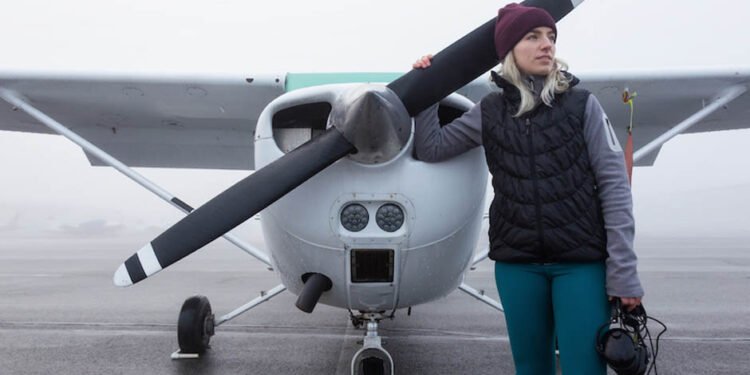Flying is one of the most exciting processes in one’s life: there are a number of difficult moments and the feelings of triumph at the same time. If it is your desire to take a flight to reach cloud nine or dream of becoming a pilot, taking your first step in private pilot training will be the perfect start.
Private pilot training is a rigorous yet exciting undertaking. Apart from preparing you to actually manage an aircraft, it also trains you on some science, and lets you know about the laws that relate to aviation.
This article will provide information on what you should anticipate as you undergo training, which will give you more insights into the expectations of a training experience. Before you search “private pilot training near me”, let’s take a closer look at this path step by step.
Basic Requirements and Preparations
There are things that are important to do before your ‘private pilot training near me’ search gets you airborne. First, you need to get a medical certificate because the flight requires the pilot to be fit—both in body and mind. Second, you will need to procure the proper materials such as aviation books and maps. These will serve as your bible on the ground as well as on the moving plane.
Ground School Basics
Each pilot learns on the ground and the type of education received on the ground determines how they are going to pull off a flight. Ground school classes teach students all the aspects of flying, like the theories of weather, navigation, and flight operations. These lessons are essential as they are the cornerstone of anything you may decide to do on the aircraft. During this stage, you will be able to read weather conditions, find routes, and comprehend the inner workings of an aircraft.
Hands-On Flight Training
Once the ground training is complete, what is definitely considered the best part of training begins, the flying lessons. To begin with, a private pilot training near me instructor will be assigned to the aircraft—with the main task of introducing you to the aircraft and showing you how to get around while flying. As time goes on, you will become more and more comfortable, and you will also become more adept at what you are doing under the supervision of your instructor. Moreover, as you log more hours in the air, you’ll become increasingly proficient under your instructor’s guidance. When you’re ready to take your skills to the next level, you can learn more about how to get your multi-engine rating, which allows you to operate more complex aircraft, master advanced procedures, and further advance your aviation career.
Single Missions and Complex Techniques
Once your instructor is well assured of your flying capabilities, you will start flying on your own—this is a very crucial stage in any pilot’s training. Solo flying requires you to put into practice what you have learnt all on your own. Next is tactical training; you will learn more complex flight maneuvers and how to navigate different in-flight situations. This is where you feel like a pilot and where all the hard work you put in during the ground training actually pays off.
Certification and Exams
To complete your training, you must pass both a written exam and a check ride, which is a flight test. The written test shows your understanding of various issues ranging from aviation laws to flight theories. The flight test will be done in the presence of an examiner and they’ll assess your ability to fly the aircraft safely and efficiently. Passing these tests gives you a private pilot license, your freedom to soaring the open skies alone.












